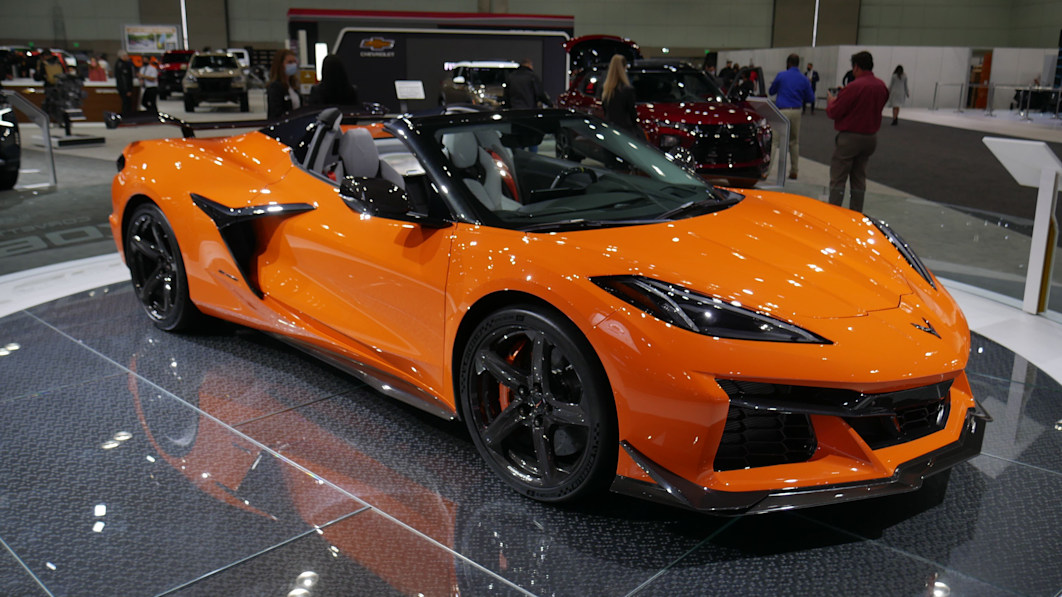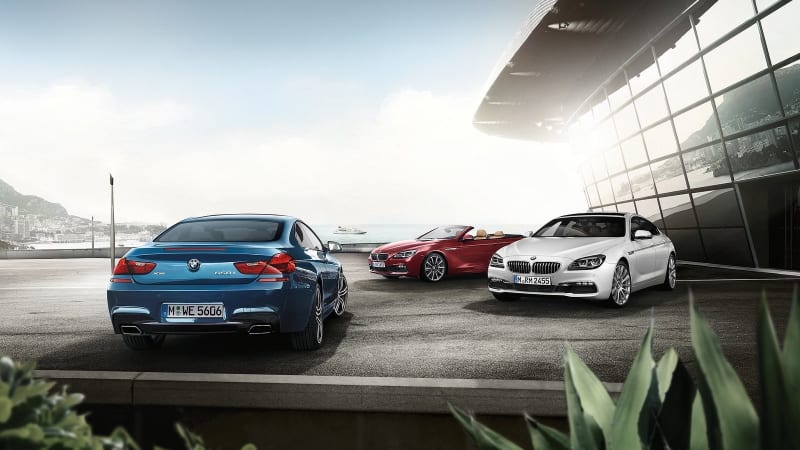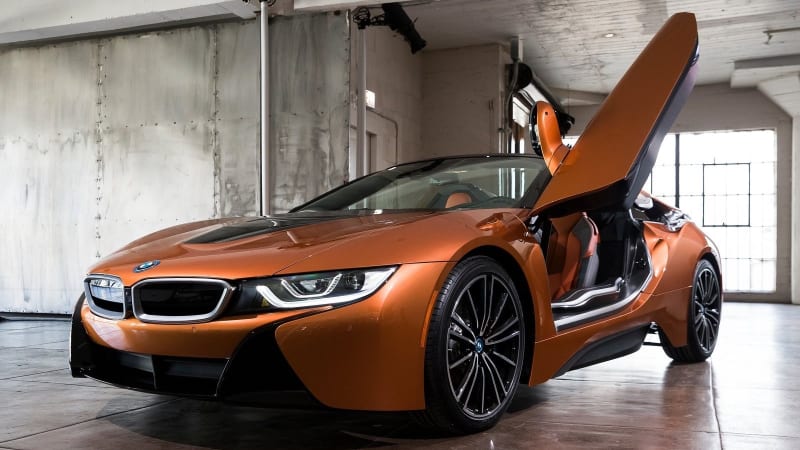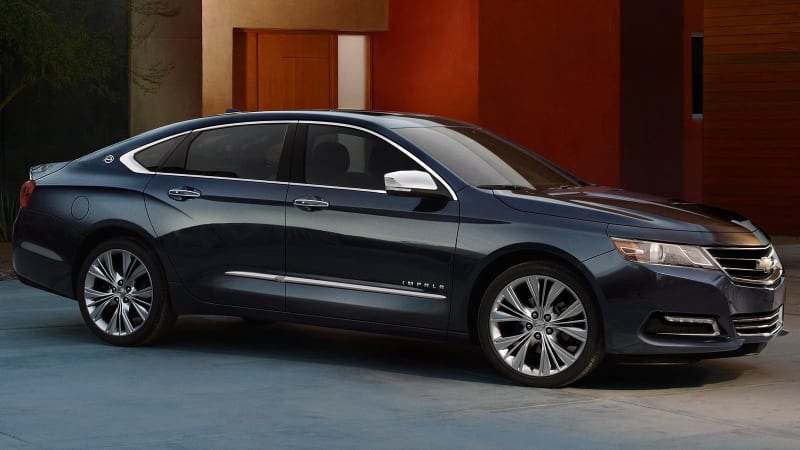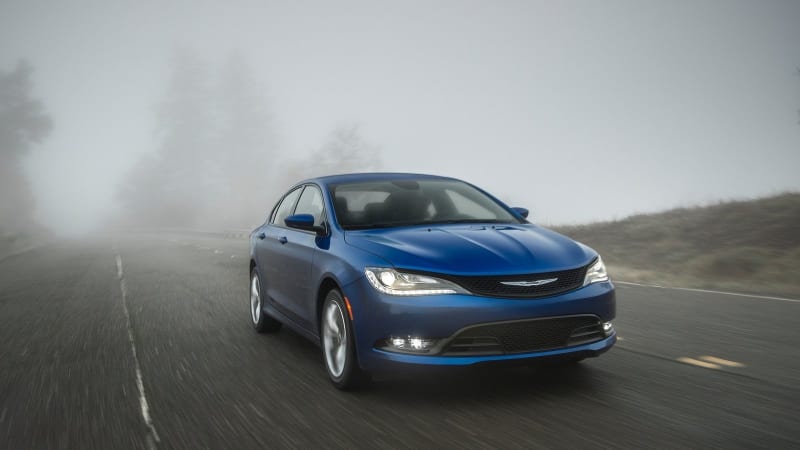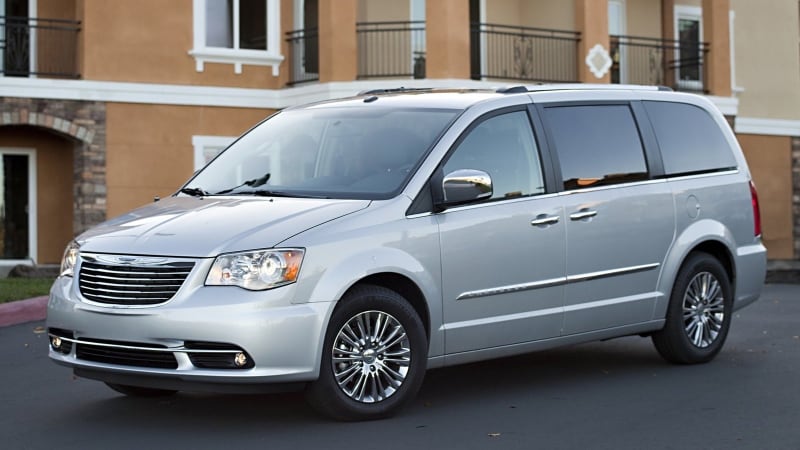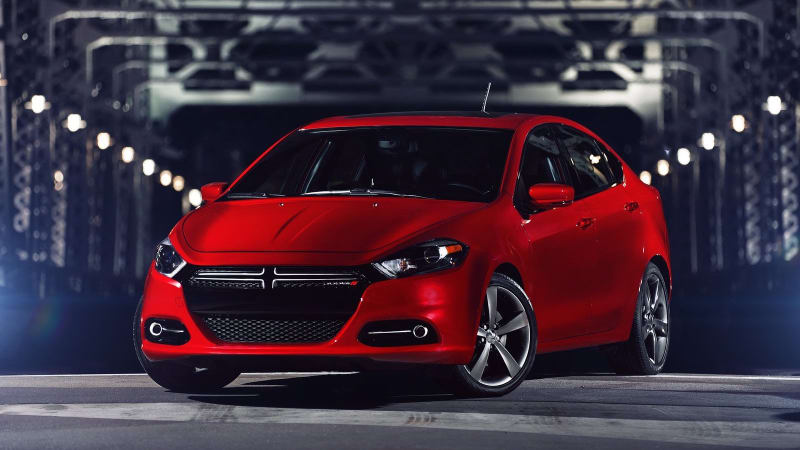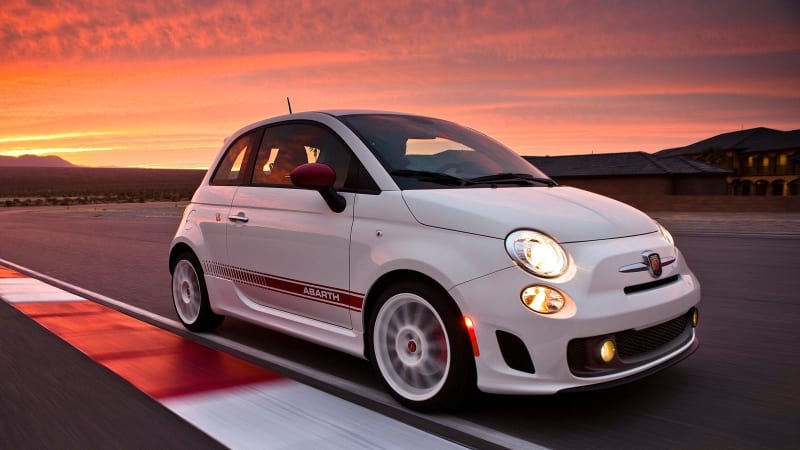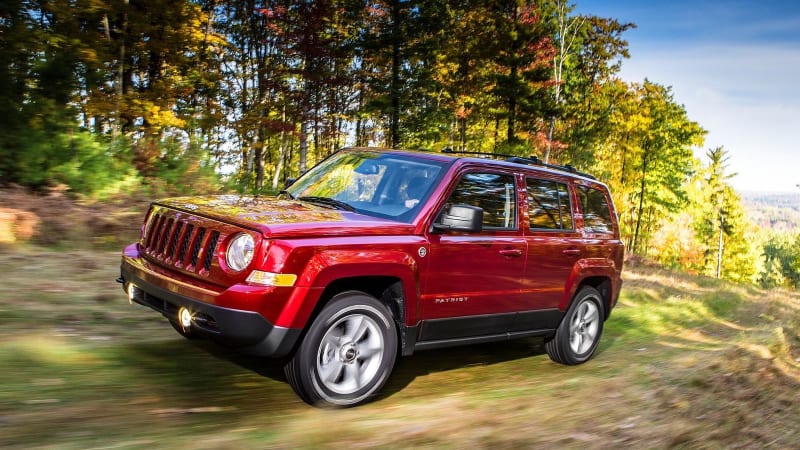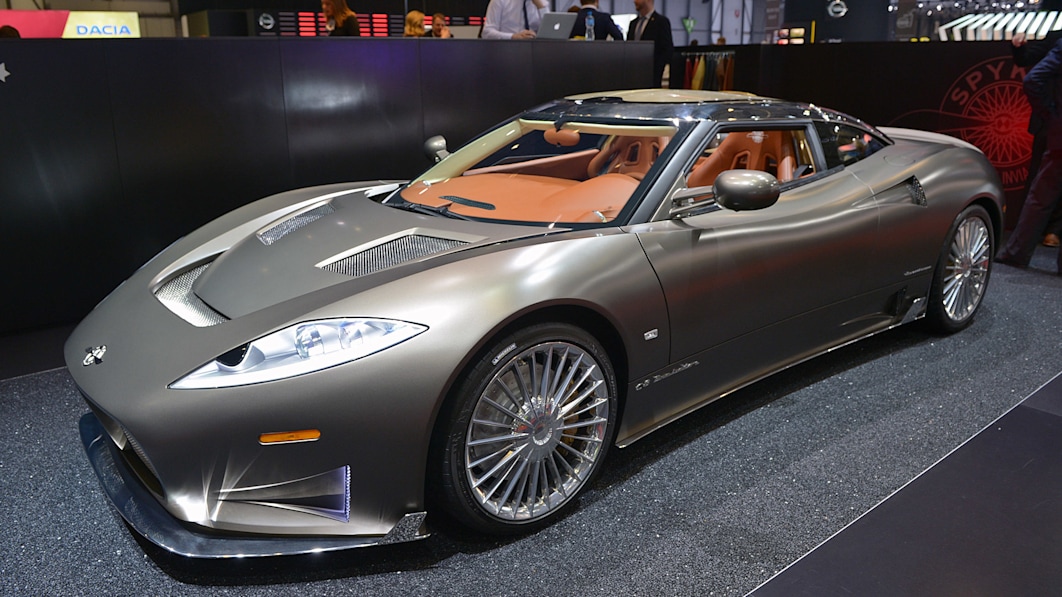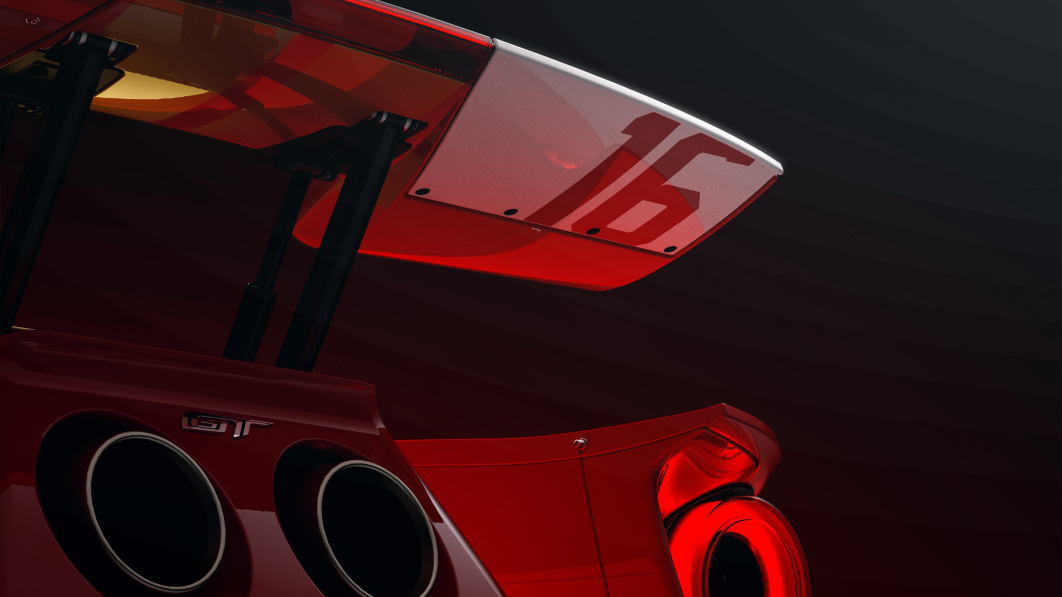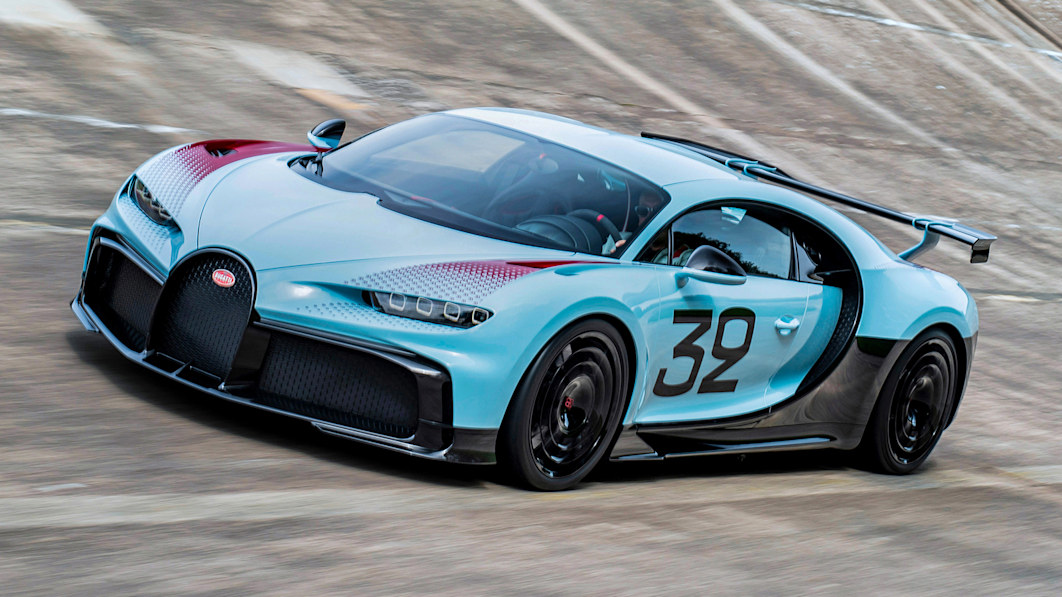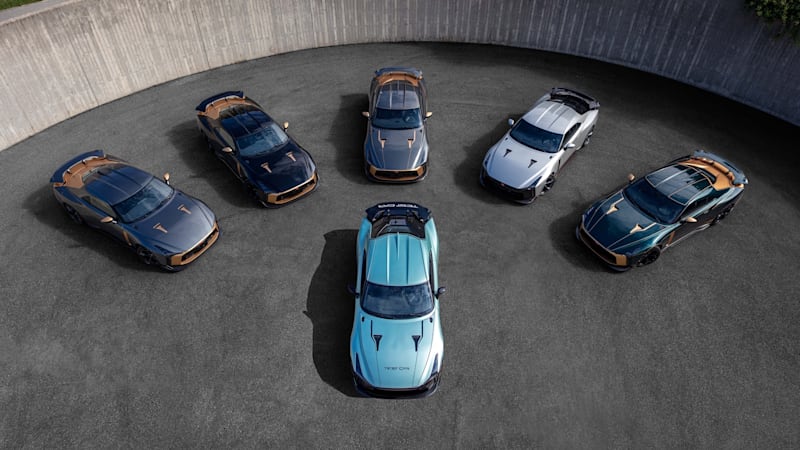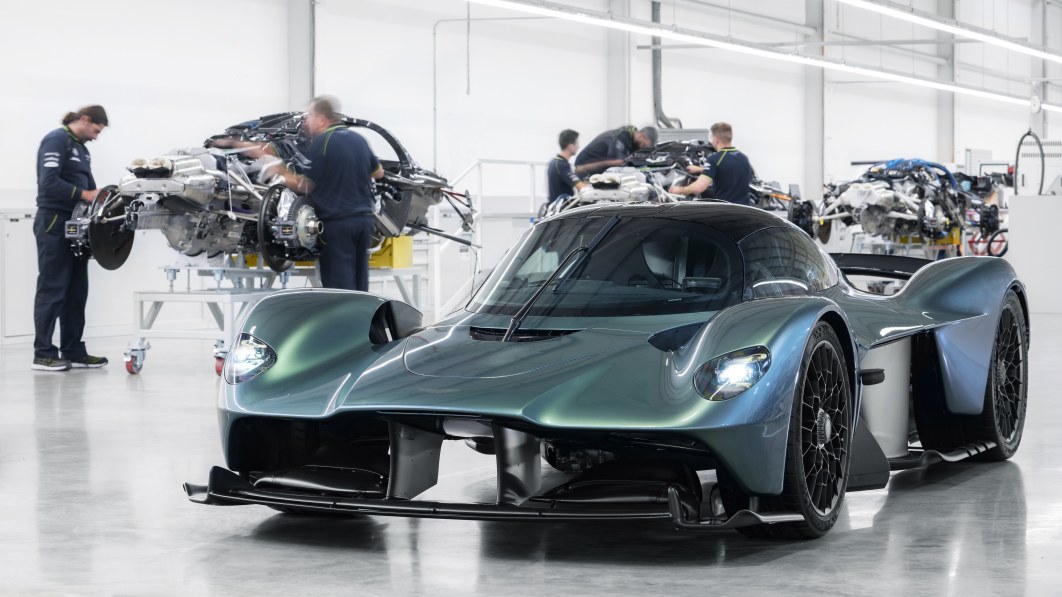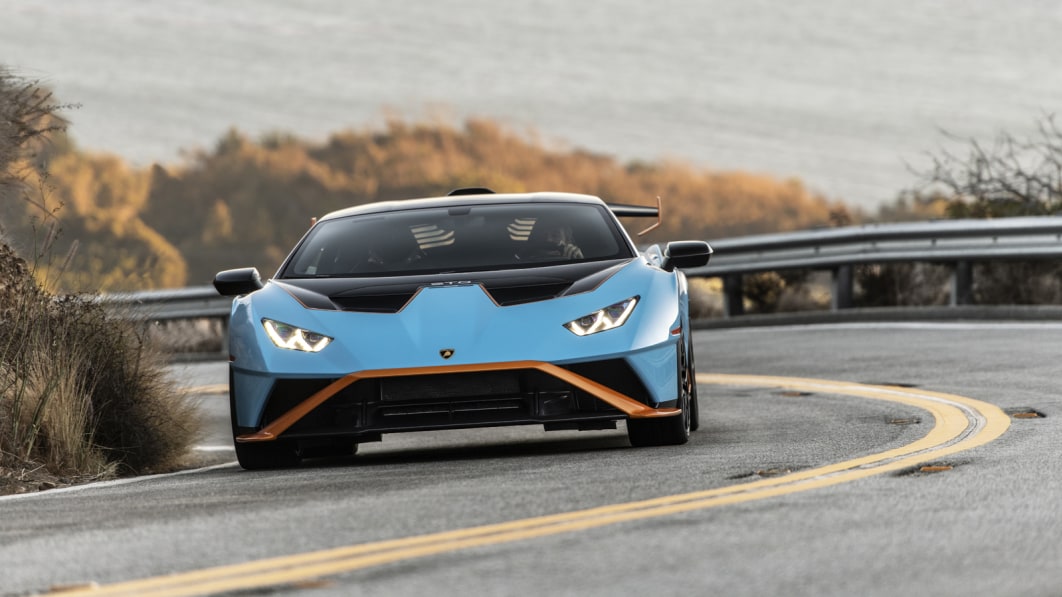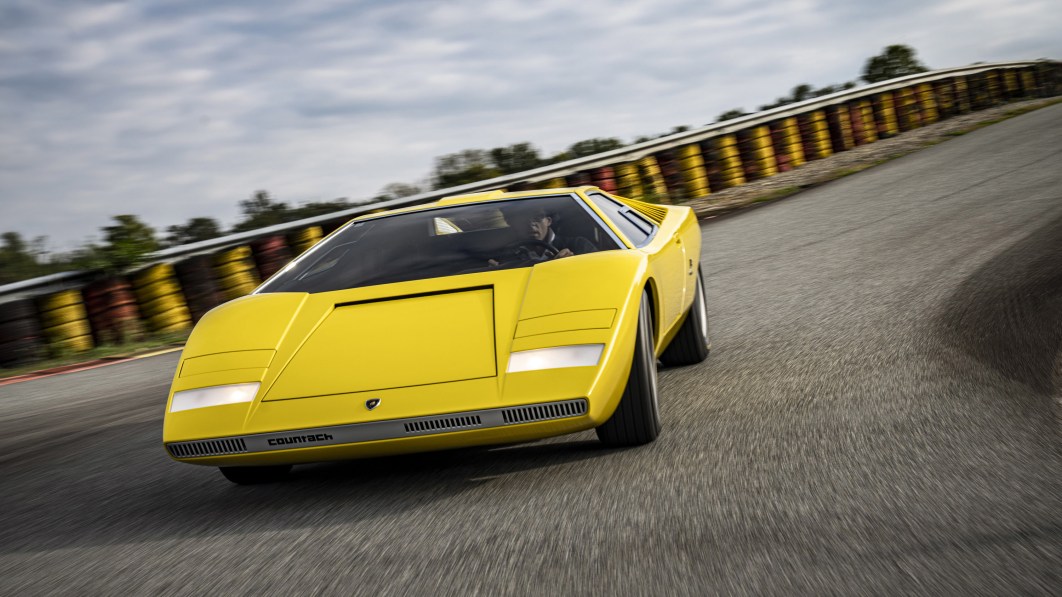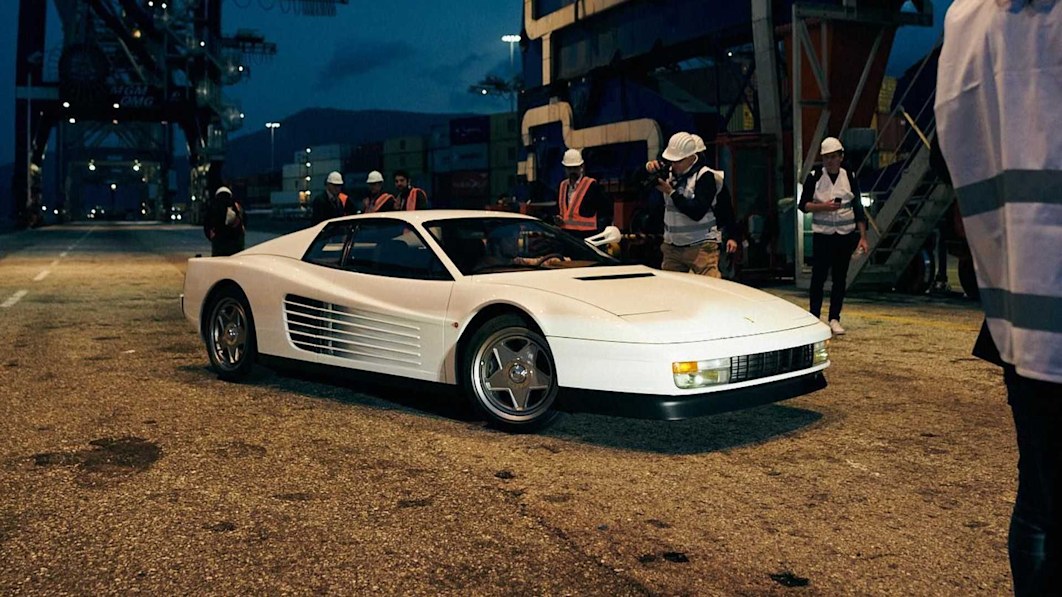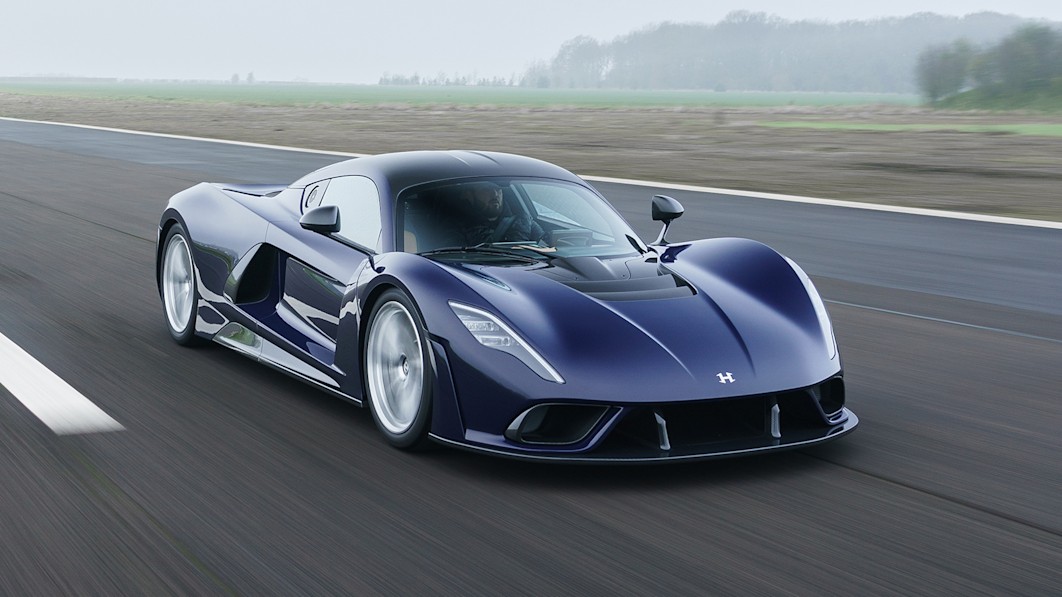Malibu, Calif — There’s no shortage of show in LA. From studio moguls rolling in ultraluxe sedans to wannabe racers using freeways as their own personal circuits, the city of Angels explodes with vehicular energy— much of it, inauthentic.
And then there’s the 2022 Lamborghini Huracan STO.
Slathered in scoops, spoilers, and ducts, the Huracan STO looks like every go-fast visual cliché brought to life, a caricature of real deal racecars. This one is even finished in blue and orange, a sort of flamboyant take on Gulf livery. But the STO’s story is actually authentic.
The last Huracan variant approaching this level of hardcore was the Huracan Performante (2017-2019), which many (including this author) credited as the brand’s first credible track weapon. The subsequent Huracan EVO was launched at Bahrain’s F1 circuit and loaded with ambitious tech. However, its chassis setup, which combined four-wheel steering and a variable steering ratio, lacked the consistency and edge needed for serious track driving.
This time around, the STO draws legitimate inspiration from Lambo’s Super Trofeo and GT3 race cars, which have helped the brand claim more than 100 GT3 wins and three outright Daytona 24 Hours victories in a row. Not a bad starting ground in a bid for relevancy. The STO’s intricate skin is 75% carbon fiber, helping shed some 95 pounds over the Performante. And while it claims 37% more aerodynamic efficiency over its predecessor, the STO’s massive, three-way adjustable rear wing manages a staggering 926 lbs of downforce at 174 mph, which is 53% more than the Performante. Aiding the effort are magnesium wheels and a 20% lighter windshield. Though Lamborghini only publishes dry weight figures (and the STO claims a mere 2,950 lbs without fluids), it’s fair to say that featherweighting has been aggressively pursued. The suspension is more aggressive due to stiffened bushings, revised stabilizer bars, and an updated magnetic adaptive damper setup. Oh, and the frunk? In yet another motorsports nod, it’s designed to accommodate a full-face helmet.
![]()
![]()
The STO’s 5.2-liter V10 produces the same 640 metric horsepower as the Huracan EVO (that would be 631 in the horsepower you’re more familiar with). For reference, that figure is actually more than Lamborghini’s GT3 and Super Trofeo race cars, which are both rated at 620 metric horsepower — though the GT3’s engine is limited to 550 metric hp in order to conform to the FIA’s balance of power regulations. The STO’s torque drops from the EVO’s 443 pound-feet to 417 lb-ft, with the upside of greater throttle response and quicker shift times from the seven-speed dual-clutch transmission. The torque reduction is also counteracted by ditching the all-wheel-drive powertrain for a rear-drive configuration, saving valuable weight.
Special six-piston front and four-piston rear Brembo CCM-R brakes borrow F1 tech for quadruple the amount of thermal conductivity over standard carbon ceramic stoppers. Maximum braking power also improves by 25%, and a dashboard display offers a brake temperature monitoring readout. Interestingly, the Pirelli P-Zero’s sidewalls were deemed too soft for the STO’s elevated downforce and cornering loads, which led Lamborghini to develop a special street and track compound with Bridgestone tires.
![]()
![]()
Our tester’s optional trim packages lend it an extravagantly customized feel inside, with contrasting black and white blocks of leather and Alcantara. This particular example flaunts a laundry list of trim options including “Full Livery Exterior Pack” ($37,800), “Contrast Pack” ($4,000), “Full Exterior Carbon Pack” ($21,600), and “Dark Chrome and Carbon” ($8,600). And that’s just for starters. In fact, the options list is so lengthy on our borrowed sled that already had the hefty starting price of $327,838 balloons to a remarkable $442,033 thanks to the sky-high pile of extras.
Ameliorating the dizzying expense is the heady blast of the naturally aspirated V10, which alerts neighbors and friends blocks away that there’s a braggadocious bad boy in town. There’s still nothing quite like sitting in a Lamborghini and firing up a big naturally aspirated V10, even if its doors open this way –>, not that ^^ way. The Huracan’s seats still sit surprisingly tall within the cabin, but the lack of floormats and bare carbon fiber door panels drive home the racecar theme. The digital dashboard and centrally positioned touchscreen add a techy touch. That said, the extreme reductionism annoyingly removes the volume knob. You have to dig into the touchscreen to adjust the sound level.
As before, drive modes are controlled via a small red toggle at 6 o’clock on the steering wheel, managing the behavior of the engine, transmission, traction control, stability control, rear-wheel steering, torque vectoring, and ABS. In this case, the modes are named STO, Trofeo, and Pioggia— street, race, and rain— and each delivers a palpably different character. Pull away in Pioggia, and the STO plays docile and soft, responding to inputs like a purring pussycat. Tap into Trofeo, and the Lamborghini turns into an easily angered predator, with a razor throttle response and sharp immediacy to steering inputs. This is the mode that makes the STO feel most consistent with its aggro looks: it begs you to jam the throttle, which in turn can kick the tail out with dramatic tirespin. Trofeo isn’t the mode you want if you’re seeking the quickest lap times, but it’s arguably the most fun, uncorking the fiery personality of the STO’s sonorous V10, and its disarming effects on yaw angle. While it’s not the torquiest at lower rpm, the engine winds itself up to produce a satisfying rush of power as the virtual tach climbs to a satisfying 8,500 rpm redline. STO mode minimizes the drama in the interest of lap times, trading tire spin for forward motion and curtailing slides in order to more effectively clip apexes. It’s a less fun, but more effective way to maximize this Lamborghini’s elevated abilities.
![]()
![]()
![]()
Piloting the STO through Malibu’s most challenging canyon roads reveals staggering reserves of performance beneath its (mostly) carbon fiber skin. Unlike the EVO, there’s no second guessing the intentions of the chassis, just a direct, linear relationship between driver inputs and vehicle dynamics. The STO meets and exceeds speed limits with staggering ease. And its outrageous appearance would make pleading your cause to an officer of the law all but impossible. This is a supercar that looks fast, and goes even faster— especially when delving towards its indicated 8,500 rpm redline, where the cabin is blasted with the brain rattling roar of the V10.
Despite the considerable sound and fury, there isn’t much learning curve needed to manage the STO’s capabilities, primarily because its machinery feels more analog than digital. Credit the linearity of the naturally aspirated engine, which lacks a turbocharger’s ramp-up under boost. However, the bigger differentiator here is the chassis: the steering, with its fixed ratio in the STO, feels intuitive and offers good feel, the connection to the road yields (mostly) predictable results. The exception is when the throttle is mashed and the sticky Bridgestones are overcome, and at higher speeds it feels like the aero’s considerable downforce is helping keep the wedgy two-seater in contact with tarmac. Brakes? We barely tapped into their capacity on the road despite heavy application, lending credibility to Lamborghini’s claims of their trackworthiness.
If anything, experiencing the Huracan STO on public roads reveals the striking difference between its stratospheric performance envelope, and the stifling limitations of the real world. The STO can have your license yanked quicker than you can say Super Trofeo Omologata, its namesake which indicates its homologation from racing. But what a way to go: this latest Lamborghini samples the best of what its winning race cars have to offer, while offering navigation, Bluetooth, and a sound system that’s almost decent enough to overpower the plaintive wail of its V10. In spite of the creature comforts, the roadgoing STO manages to lap the Hockenheim circuit in 1:48.86, a mere 2 seconds behind its racecar counterpart, which wears slicks.
Its maker calls this Huracan a “celebration of the combustion engine,” which couldn’t be a truer statement since all Lamborghini model lines will be hybridized by 2024. Until then, savor the STO, which achieves its mission of putting a racecar on the road with stunning totality.

